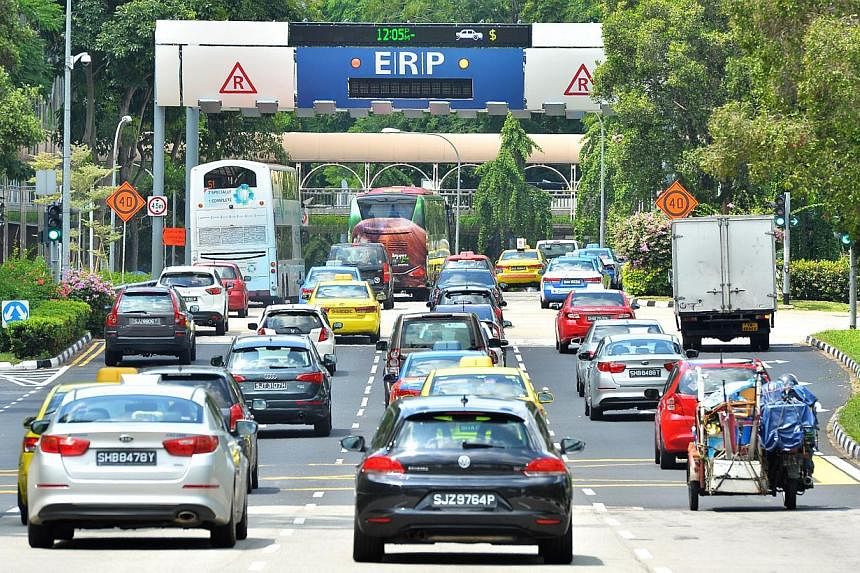SINGAPORE - Researchers from the Massachusetts Institute of Technology (MIT) are studying a system which can ease traffic congestion, without the need for road pricing by getting cars to "talk" to each other.
Here are five things to know about the system dubbed the RoadRunner:
1. Vehicle-to-vehicle communication

The setup in each test vehicle. -- PHOTO: MIT
Cars "talk" to each other on the go, using a smartphone-enabled platform. This is via a specific radio frequency set aside for vehicle-related communication.
2. Tokens control the number of vehicles in an area
MIT PhD student Jason Gao said the system can monitor and control the number of vehicles in a congested region. When a car leaves the area, a spot is freed up and a virtual RoadRunner token is passed to another car which can now take its place.
3. No token, no go
Cars which cannot get a token will be diverted away from the congested area using an alternative route.
4. More effective than road pricing?

This map shows the road junctions where simulations were carried out. -- PHOTO: MIT
A 24-hour simulation of real-life traffic in the Orchard Road Electronic Road Pricing (ERP) cordon found the RoadRunner project to be "more effective", Mr Gao said.
5. Low cost
The RoadRunner does not require huge infrastructural investments or road pricing, which will be welcomed by city planners and motorists alike. The MIT researchers are now looking into integrating the radio communication technology into phones.


